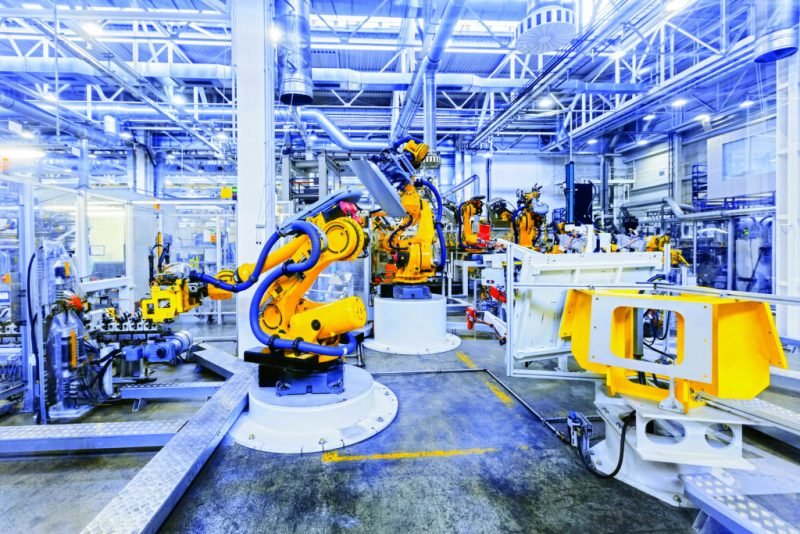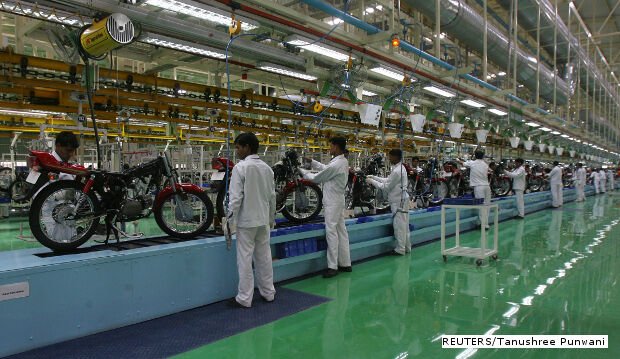Effects of Automation on India: Importance of skilling & re-skilling

Perhaps never in world history has the global workforce been impacted as quickly and strongly as it is happening in the third decade of the 21st century. Several factors have influenced the functioning of the world, which is evolving rapidly owing to global events, such as the outbreak of the pandemic that has accelerated changes that were gradually happening. Smart machines, robots, and other forms of automation could either be an economic poison or cure in a developing country like India – and this change will affect how businesses worldwide outsource work. As per the World Economic Forum – The Global Risks Report 2021, over 85 million jobs may get automated in the next five years. Traditional job roles are evolving and the way they are being performed is changing rapidly.
Since the 1990s Indian firms have carried out back-office tasks, and IT services like data entry, running call centres and testing software for foreign companies at cut-price rates by throwing cheap labour at them. But as machines become adept at this repetitive, rule-based work, the low-skill jobs – where the bulk of Indian IT workers are employed – are the most at risk. Rapidly improving automation technology is allowing software to carry out routine IT support work and repetitive back-office tasks previously performed by humans – the very tasks global companies originally outsourced to India to take advantage of cheaper labour. Of course, losing jobs to automation is a concern across the developed world. But India’s case is unique. A stable job at one of the big IT companies is a major aspiration for many Indians, which probably explains why fears of technological unemployment have featured so prominently in newspapers here in recent months. But despite contributing 9.3% of the country’s GDP, according to Nasscom, the IT industry only employs 3.7 million of the nation’s roughly half a billion working adults.
So, how big of a threat is it actually to the Indian workforce? World Bank data estimates 69% of today’s jobs in India are threatened by automation. And India isn’t alone: China’s figure was 77% and other developing countries also scored highly. India is already struggling to create jobs amid rapid growth. Its working-age population increased by 300 million between 1991 and 2013, according to UN figures, but the number of people employed only rose by 140 million. Still, robots replacing jobs en masse is unrealistic in the medium term in India – or anywhere else – but the effects are already being felt. Last September, Indian textiles giant Raymond said it would replace 10,000 jobs with robots over three years. Union leader Vinodh Kumar works at BMW’s factory in Chennai – India’s automotive hub. His facility isn’t in danger of automation, but he knows union leaders at Hyundai’s plant where the entire body shop and most of the paint shop was automated. Other sectors at risk include pharmaceuticals, food and beverages, logistics and security.

A global trend towards “hollowing out” of the labour force has been noted globally. As technology streamlines routine tasks, middle-skill jobs like clerical workers and machine operators decline while both high-skill and low-skill ones increase. And in developing nations like India, that can be a huge problem. “Those middle-skill jobs have traditionally been the path out of poverty,” says World Bank senior economist Indhira Santos. “So that polarisation into the labour market could translate into a polarization of society and income.” This trend isn’t down to technology alone – globalisation and urbanisation contribute. But pulling away “the ladder to the middle class”, as the report puts it, could be particularly damaging in a developing country like India. After all, there is a reason why companies are turning to new technologies. “Automation is imperative to improve competitiveness, quality and efficiency,” says CEO of Siemens’ India Sunil Mathur. That helps compete against cheap imports, boost exports and increase domestic demand and therefore jobs, he says.
Despite a promising future, several measures have to be initiated at a war footing to transform the potential into reality. India has the second-highest employment potential in the world. A strong investment in upskilling and reskilling in the country can cause the Indian economy to realise huge potential gains in the next decade. For this, India’s higher education and training institutions have to evolve and transform into a stronger, experiential ecosystem with a strong thrust on digital and technological learning. The education sector needs to contribute to mass-scale teaching, learning, and training avenues and make inroads into rural areas and expand in tier 2,3 and 4 cities. It is in India’s interest to assess nationwide upskilling capabilities and avenues every year to identify gaps and build a yearly target plan. There has to be a conscious effort to bring extensive collaborations between various industries and the higher education sector. It is in India’s interest to assess nationwide upskilling capabilities and avenues every year to identify gaps and build a yearly target plan. The measures need to be promoted across sectors to amplify the capabilities by building stronger relationships with the ecosystem partners and designing an upskilling syndicate for common objectives and mutual benefits.
In the race between technology and skills – as India tries to keep pace with the very technology that helped launch its economy on the world stage – he thinks the country has a secret weapon: a deeper value placed on education than in the West. After all, the pinnacle of India’s ancient caste system was the educated Brahmin priest – not the Kshatriya warrior. “It’s part of our Indian heritage,” says Mohandas Pai, former CFO of Infosys. “India is the only civilisation in the world where the educated gurus were placed on the totem pole higher than the king. In all other nations, soldiers and might ruled and knowledge bowed to the mighty. In India, knowledge is above the might of the state.”


















